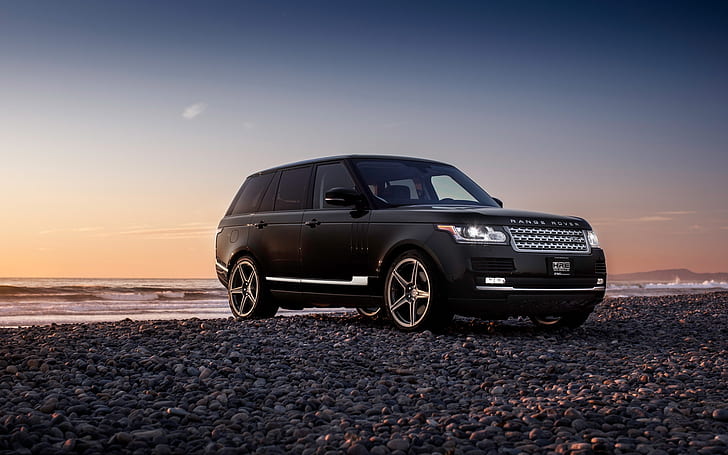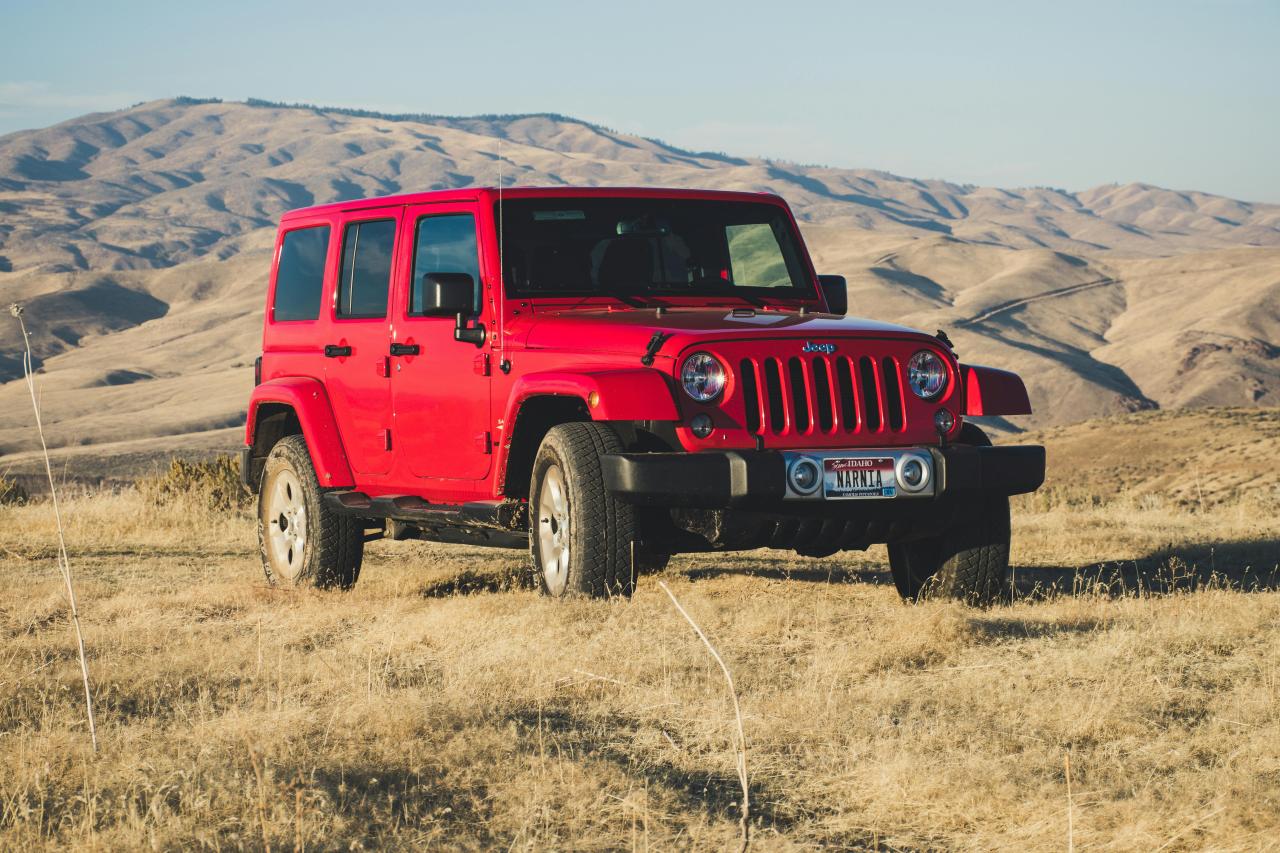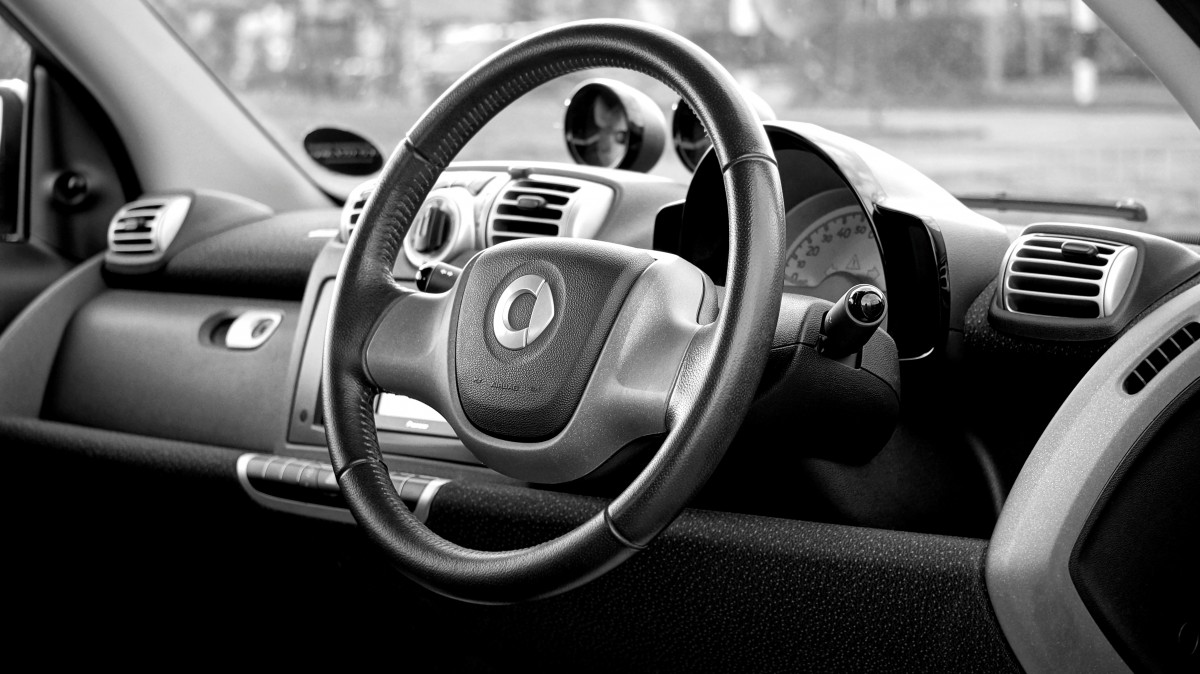Introduction: The Psychological Barrier to Electric Mobility
The accelerating shift toward electric vehicles (EVs) represents the most significant transformation in the automotive industry since the invention of the internal combustion engine. EVs offer undeniable benefits, including zero tailpipe emissions, reduced reliance on fossil fuels, and dramatically lower long-term operating costs.
Despite these compelling advantages, a single psychological barrier remains the most pervasive deterrent for prospective buyers: Range Anxiety. This is defined as the fear that an EV has insufficient energy storage (battery capacity) to complete a planned journey, potentially stranding the driver far from a charging station.
This apprehension is often fueled by a combination of unfamiliarity with EV technology, a misapplication of gasoline-car driving habits, and an intense focus on the single, static number provided by the manufacturer’s official rating. The core problem with range anxiety is that it frequently overlooks the dramatic improvements in battery technology and the rapidly expanding public charging infrastructure.
Modern EVs, particularly those slated for 2025 and beyond, routinely offer EPA-estimated ranges well exceeding 300 miles. This makes them highly capable for all but the longest, most remote road trips. Crucially, the real-world range is not a constant; it is a highly dynamic variable, profoundly affected by external factors that the driver can often control.
External conditions such as ambient temperature, highway speed, and the use of energy-intensive systems like climate control can reduce actual range by 15% to 40% compared to the official rating. Successfully overcoming range anxiety requires a proactive understanding of these variables, replacing generalized fear with factual data and educated predictions.
It demands recognizing the difference between the laboratory-tested EPA estimate and the practical range achievable under challenging conditions, such as driving 80 mph in sub-freezing temperatures. This comprehensive guide will meticulously dissect the major contributing factors to real-world range variance, analyze data from independent third-party tests across diverse conditions, and provide actionable strategies for managing and maximizing an EV’s range during daily commutes and long-distance travel. By mastering these concepts, you can confidently embrace electric mobility, secure in the knowledge that range anxiety is a solvable challenge based on preparation and driving intelligence.
Part I: Deconstructing Official vs. Real-World Range

The figure posted on a vehicle’s window sticker is an estimate calculated under controlled conditions, serving as a guideline rather than a guaranteed maximum.
A. The EPA Testing Standard
The Environmental Protection Agency (EPA) provides the benchmark range used in the U.S. market.
- The Multi-Cycle Test: The EPA uses a series of standardized tests (including the UDDS, or Urban Dynamometer Driving Schedule, and the HWFET, or Highway Fuel Economy Test) to estimate range and efficiency. These cycles involve controlled speeds, accelerations, and stops.
- Idealized Conditions: These tests are performed in a controlled environment, often with moderate temperatures and without the heavy use of energy-draining accessories like seat heaters, powerful climate control, or towing.
- The Adjustment: The final rated figure is typically reduced by a factor to reflect the difference between lab results and real-world results, but it still represents a largely ideal scenario for the average driver.
B. The Crucial Difference: Real-World Variance
Independent testing shows that a combination of environmental and behavioral factors routinely reduces the actual range achieved.
- The 75-mph Highway Test: Driving at sustained high speeds (75-80 mph) is the single biggest consumer of battery charge. Wind resistance increases exponentially with speed, meaning the energy required to travel 80 mph can reduce the vehicle’s range by $10\%$ to $25\%$ compared to traveling at 65 mph.
- Climate Control Impact: Aggressively heating or cooling the cabin and battery pack, especially in extreme temperatures, can be a major drain. Using the air conditioner or heater in a $100^{\circ}F$ or $10^{\circ}F$ environment can cut range by $15\%$ to $30\%$.
- Topography and Load: Driving up steep hills, carrying heavy loads, or towing a trailer requires significantly more energy than driving on flat ground with a single passenger. These factors are not accounted for in the EPA rating.
Part II: The Impact of Temperature and Battery Management
Temperature is one of the most significant external variables affecting an EV’s range and charging speed.
A. The Cold Weather Penalty
Low temperatures negatively affect both the battery’s energy output and the amount of energy required for cabin comfort.
- Electrolyte Resistance: In cold weather, the chemical reaction within the lithium-ion battery slows down. This increases the internal resistance, temporarily reducing the usable energy storage and power output.
- Cabin Heating Drain: Unlike gasoline cars, which use waste heat from the engine to heat the cabin, EVs must use energy directly from the main traction battery to power the heater and defroster. This energy consumption directly reduces the available driving range.
- Data: Independent studies often show a range reduction of $25\%$ to $40\%$ in sub-freezing temperatures when heating the cabin to comfortable levels.
B. The Hot Weather Impact
While less severe than cold, high temperatures also have negative effects, though often related to battery longevity.
- Cooling Requirement: In extreme heat, the Battery Thermal Management System (BTMS) must use energy from the battery to cool the pack, preventing overheating that could lead to performance reduction or long-term damage. This process reduces range.
- Air Conditioning Load: Running the air conditioner at maximum power in hot climates draws considerable energy, impacting the driving range more than mild heating.
C. Preconditioning Strategy
Proactive temperature management can significantly mitigate the cold weather penalty.
- Plug-in Preconditioning: When the EV is plugged into the charger, the driver can use a mobile app to activate the heater or air conditioner. This brings the cabin and battery pack to optimal temperature using grid power, rather than the vehicle’s battery.
- Immediate Savings: By utilizing grid power for preconditioning, the battery energy is preserved exclusively for driving, maximizing the available range upon departure.
Part III: Behavioral Strategies for Range Maximization
The driver’s technique and adherence to efficiency principles are powerful tools for controlling real-world range.
A. Mastering Regenerative Braking
Regenerative braking is the single most effective way to recover energy, especially in city driving.
- Energy Recapture: This system converts the kinetic energy of the vehicle’s motion back into electrical energy to recharge the battery when the driver lifts off the accelerator or presses the brake pedal.
- One-Pedal Driving: Many EVs offer “one-pedal driving,” where lifting the foot off the accelerator slows the car rapidly through aggressive regeneration. Mastering this allows the driver to minimize the use of friction brakes and maximize energy recapture.
- Coasting vs. Braking: The most efficient technique is still coasting, but regenerative braking is vastly superior to using friction brakes, which waste energy as heat.
B. Speed and Aerodynamics Management
Controlling highway speed is the easiest way to increase available range on long trips.
- The Sweet Spot: Most EVs achieve their peak efficiency at speeds between 45 mph and 65 mph. Efficiency drops dramatically above 70 mph.
- Cruise Control: Utilizing adaptive cruise control helps maintain a steady speed and encourages smoother, more efficient acceleration and deceleration than is often achieved through manual driving.
- Load Reduction: Remove unnecessary weight from the car (e.g., luggage, roof boxes that create drag) before long journeys to reduce the energy required for propulsion.
C. Strategic Charging and Buffer Zone
Range anxiety is often mitigated by planning charging stops and maintaining a safety reserve.
- The 80% Rule: On long trips, charging past $80\%$ often takes significantly longer than charging from $20\%$ to $80\%$. It is usually faster to stop more frequently and charge to $80\%$ than to wait for a full $100\%$ charge.
- Charging Network Mapping: Utilize in-car navigation systems or third-party apps (like PlugShare or A Better Routeplanner) to map out charging stops in advance. This removes the uncertainty that fuels anxiety.
- Maintain a Buffer: Consciously plan to arrive at the next charging station with at least a $15\%$ to $20\%$ battery reserve. This safety buffer handles unexpected detours, closed chargers, or miscalculated range estimates.
Part IV: The Future: Infrastructure and Technology Solutions
The long-term solution to range anxiety lies in the continued improvement of battery technology and charging network density.
A. Advancements in Battery Energy Density
Battery technology continues to progress, reducing the weight and increasing the energy capacity of EV packs.
- Solid-State Batteries: Next-generation battery chemistry, such as solid-state technology, promises to significantly increase energy density. This could allow for $500+$ mile ranges without adding bulk or weight.
- Cost Reduction: Falling battery manufacturing costs allow automakers to equip base model EVs with larger packs, making the $300+$ mile range accessible to the mass market.
B. Charging Infrastructure Expansion
The rapid growth of fast-charging networks is directly addressing the logistical concerns of long-distance EV travel.
- DC Fast Charging (DCFC): The expansion of high-power DCFC stations (150 kW and above) enables vehicles to add hundreds of miles of range in under 30 minutes. This greatly reduces charging time anxiety.
- Universal Standards: The adoption of standardized charging plugs (like the North American Charging Standard, NACS) simplifies the charging process and ensures greater compatibility across vehicles and networks.
- Charging Reliability: Improving the reliability and uptime of public charging stations is the final major hurdle that infrastructure providers must overcome to fully alleviate range anxiety.
C. The Evolution of Range Displays
EV manufacturers are working to make the displayed range figure more accurate and less misleading for drivers.
- Dynamic Range Estimates: Modern EVs use sophisticated algorithms that factor in recent driving history, topography, current temperature, and climate control usage to provide a highly dynamic, more realistic range estimate.
- Route Planning Integration: In-car navigation systems are increasingly integrated with battery management, providing predictive consumption estimates based on the full route, including elevation changes and speed limits.
Conclusion: Replacing Fear with Factual Preparation
Range anxiety, though a potent psychological hurdle, is being systematically dismantled by technological advancement and practical driver knowledge. The solution is not merely found in larger batteries, but in replacing the static, idealized EPA estimate with a dynamic, fact-based understanding of real-world range variables.
Successful EV operation hinges on acknowledging the substantial impact of external factors, such as the 25% to 40% range reduction observed in cold weather driving and the energy drain from sustained high speeds. By adopting energy-maximizing behaviors—like mastering regenerative braking and utilizing plug-in preconditioning—drivers can substantially preserve their battery’s capacity for driving.
Ultimately, the rapid expansion of high-speed charging infrastructure, coupled with the commitment to strategic route planning and maintaining a safety buffer, empowers the consumer to confidently transition to electric mobility. This allows viewing range anxiety as a solvable challenge conquered by preparation, not a reason for hesitation.













